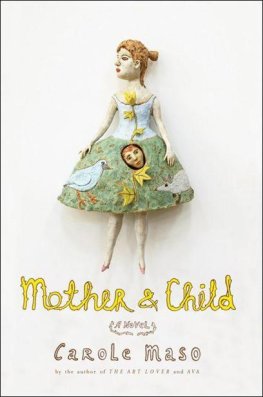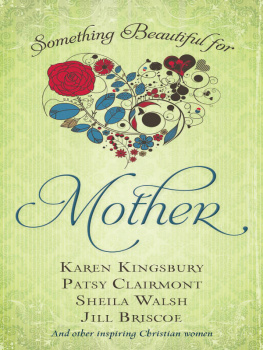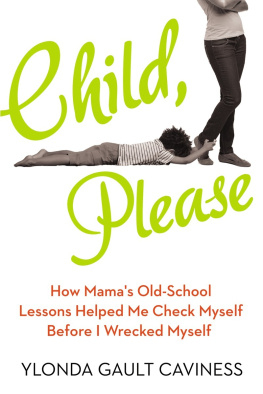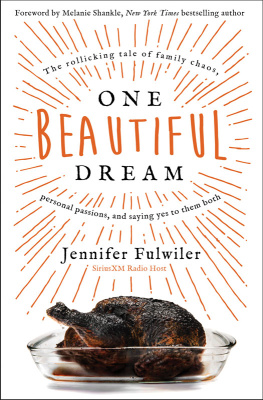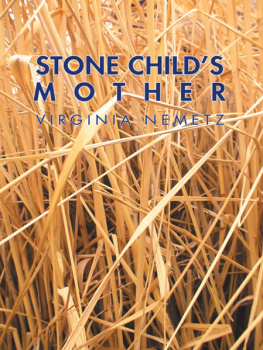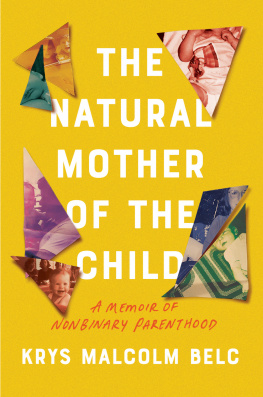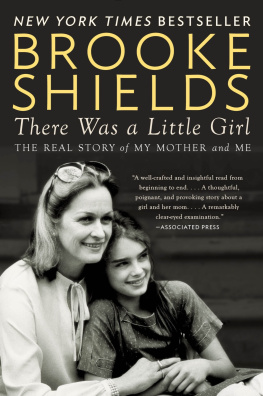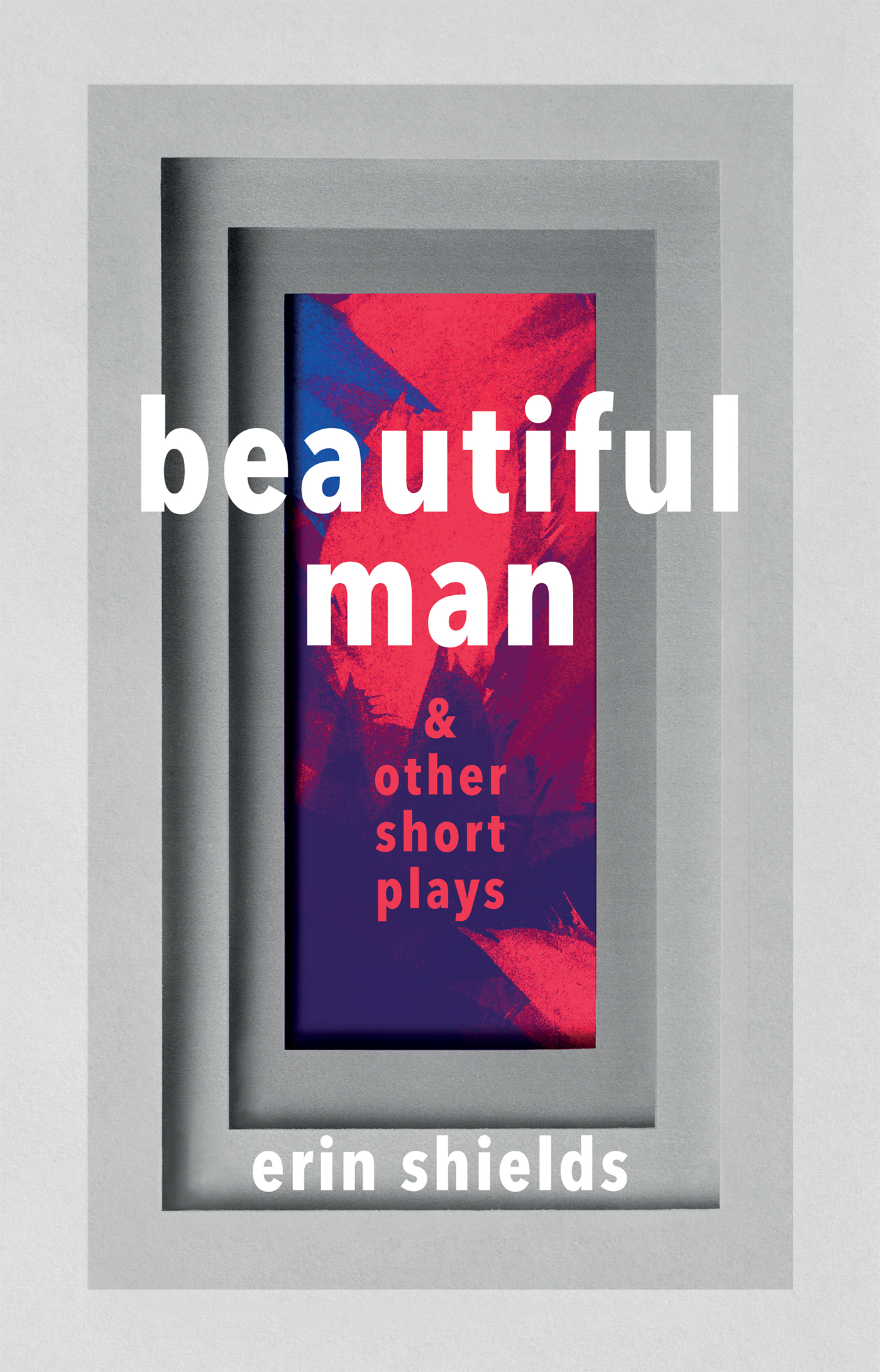
Also by Erin Shields
If We Were BirdsMistatim / InstantParadise LostSoliciting TemptationBeautiful Man &
Other Short Plays
Beautiful ManUnit B- 1717And then there was you Erin Shields Playwrights Canada Press Toronto
Copyright
Beautiful Man & Other Short Plays Copyright 2020 by Erin Shields First edition: December 2020 Jacket design by Kisscut Design Jacket art Art Furnace / Shutterstock.com Playwrights Canada Press - Richmond St. W., Toronto, ON MV X .. 0013 | No part of this book may be reproduced, downloaded, or used in any form or by any means without the prior written permission of the publisher, except for excerpts in a review or by a licence from Access Copyright, www.accesscopyright.ca. For professional or amateur production rights, please contact: Ian Arnold at Catalyst TCM Old Primrose Lane, Toronto, ON M5A 4T1 416-568-8673 | Library and Archives Canada Cataloguing in Publication Title: Beautiful man : & other short plays / Erin Shields. Other titles: Plays. Selections ( 2020 ) Names: Shields, Erin, author.
Identifiers: Canadiana (print) 20200386875 | Canadiana (ebook) 20200386 | ISBN 9780369101495 (softcover) | ISBN 9780369101501 ( PDF ) | ISBN 0369101518 ( HTML ) | ISBN 978036 9101525 (Kindle) Classification: LCC PS 8637 . H A 2020 | DDC C /. dc Playwrights Canada Press operates on Mississaugas of the Credit, Wendat, Anishinaabe, Mtis, and Haudenosaunee land. It always was and always will be Indigenous land. We acknowledge the financial support of the Canada Council for the Arts which last year invested $ million to bring the arts to Canadians throughout the country the Ontario Arts Council ( OAC ), Ontario Creates, and the Government of Canada for our publishing activities.
Introduction
Andrea Donaldson When Erin entered the scene almost twenty years ago, she was stepping into a theatre ecology that preferred and promoted the new plays of cis men a scene that viewed male protagonists as universal and women protagonists as niche.
Introduction
Andrea Donaldson When Erin entered the scene almost twenty years ago, she was stepping into a theatre ecology that preferred and promoted the new plays of cis men a scene that viewed male protagonists as universal and women protagonists as niche.
This pressure has been the fuel for her lifes work, energy that is still, twenty years later, relevant and vital. Her work runs deep always pushing against a system, revising and usurping the words of old masters and breathing freshness into the age-old. The rebel inside of her insists that she push against a world that instructs her to be demure, reserved and a supporting character. But her queerness and womaness infuses the way she thinks, informs her place as outsider, rebel and radical and asserts an undeniable lens and agenda. Though her earliest works focused on solo storytelling, she was moved to tell stories epic in scope, expressed through large casts. Her ambitiousness, a trait the world has been unable to train out of her, allows her to ask for the space, time and support to dream big, and her own diligence and appetite for the impossible makes sure that each project finds a home.
And so Erin swiftly leapt in her career from a self-producing playwright to a writer produced on our nations largest stages. And yet, true to herself and bound by integrity, she still nimbly hops from the Stratford Festival, to indie site-specific works, to the National Arts Centre and to SummerWorks when the urgency of her work has demanded it. The three plays in this book are examples of those urgent works that Erin crafted either by invitation or through creative imperative. Of these three works, I directed one Beautiful Man and have read two: And then there was you and Unit B- 1717 . As one of her earliest collaborators, I can feel the pluck and piquancy in these pieces that characterized her thrust onto the scene yet see the devotion to craft that her career has exemplified. When Erin is asked what moves her to write, she is always quick to answer, My rage, with a cheeky smile and probably a laugh with her head cocked back.
This is certainly true of Beautiful Man, a piece that was responding to the violence and misogyny in our daily lives and pop culture, as well as in the many exposures of abuse that were surfacing at that time, seemingly prophesying the #metoo movement. Part of the lore of Beautiful Man is that Erin wrote it almost overnight. In true Shields fashion, she brewed and stewed and then sat down and unleashed the work onto the page. She then caught me on break from rehearsal and, knowing the piece needed to happen immediately to respond to the moment, said, I think we should do this at SummerWorks. And we did. Subsequently, Factory Theatre came on as a producer for the world premiere, and the piece was workshopped, redrafted and now includes a stunning twenty-minute monologue by Beautiful Man at the end of the piece.
In Unit B- 1717 , Erin again probes the interior world of a woman, this time animating storage containers that were an inciting force in the experiment. We can see how the compartments of our protagonists mind are echoed in the live environment this work is meant to inhabit. And again we are introduced to the agony of absorbing others feelings and needs before ones own a strong feminist throughline in each of these plays. In And then there was you, we are exposed to the interior life of a woman experiencing the intimacy and loss of motherhood. The perspective is eerily authentic, and, once again, Erin uses language to voice the deep unspoken truths of carrying a child, wrangling a toddler and the various stages of letting go required of parenting. She skilfully articulates the pain that women absorb this time not the microaggressions of male counterparts, but of the appropriately self-centred perspectives and actions of a child transitioning to adulthood.
As a director who has only experienced this work on the page, I am invited to imagine this play without a container of stage directions, or directives or gestures toward how it should be seen. Yet I find it no surprise that in its first interpretation it was animated by a small army of fierce female performers versus a single performer as the monologue form would suggest. Erins blend of the everyday and the profound is rich in this piece and a mainstay of her work, and, as always, her formatting gives clues to actors regarding the lyricism, breath and muscularity required. When I read these three works, I experience three pieces that invite rich participation and invention from collaborators to propose staging, physicality and sound and to connect with challenging text that, while embracing highly sophisticated theatrical forms, is rooted in poetry. Erins lust for language fused with her ability to embed complex structure and literary playfulness is astounding. She understands action and language like no other living playwright I know, and the refinement of her craft never compromises the visceral experience of her works, which are meant to grip, seduce, shock and offer release.
These works are poetic, wicked, deliberate and uncanny and expertly reinvent and re-centre power. Erins ability to use theatre as a method to destabilize power and confront injustice and apathy is apparent in every work she makes. While Erin holds language as one of humanitys most blessed and healing gifts, she simultaneously recognizes languages power to trap, assert and erase. She harnesses language in a fight for liberation, visibility and complexity. In these works, Erin reveals humanness in all of its truths, examining our beautiful and lesser impulses. She holds herself accountable, which in turn transforms her understanding of the world we live in and reveals us to ourselves.
Next page

